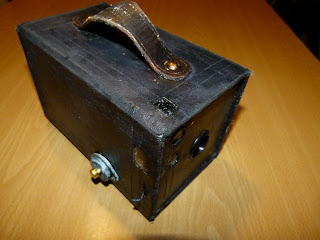The imperial war museum was founded in 1917 during the war; it was intended for records of the war effort and the sacrifices made by the British Empire. When I went to the museums I had a completely fresh mind as to what I wanted to create for this unit. The Imperial War Museum proved to be rich with reliable resources and inspiration for this World War 1 project, particularly from a props perspective. I walked out of the museum in a different mindset. The museum displayed artefacts from WW1 and recreated objects in scenes such as submarine bunkers. They also displayed a few civilian passports and passports used by Belgian, British and French soldiers.
When it came to finding specific sources for world war 1 the v and a proved to be of little use, however, I did find a few references to furnishings that British civilians would have had in and around their homes. Below is an example of 1910’s interior design for a cottage and also a dated 1913 lamp that would have been hung on the walls inside the house.
It was after seeing these artefacts and recreated scenes that the idea of having a narrative in which I could work from arose. I was seeing all these different stories being told to me of civilians and soldiers, this is when I decided to develop my own story.
Narrative
In Ypres lives a small but young family; Jean Bernard, Marguerite Bernard and Jacques Bernard. Jean Bernard (French) met Marguerite Bernard (Belgian) through a family friend, they married in 1908 and Jean moved to Ypres where marguerite’s family lived as that was what was agreed upon with marguerites father. Jean’s occupation was a photographer; he inherited his father’s business after his death and took the business with him from France. Immediately after they were married Jacques was born. Marguerite’s father was an architect and Jeans father had a very successful photography business, and although they did not completely rely on their parent’s wealth they weren’t extremely wealthy, they were comfortable with trying to make their own living. Marguerite remained a house wife whilst jean continued to develop his business throughout the years Jacques was growing up. They lived in a comfortable size house in a wealthy to working class area of Ypres. When war was declared Jean went to war and had no choice but to close his business. Jacques was only 6 when his father went to war.
By creating this narrative I could select certain objects to make that would relate to the story and the characters such as a camera that belonged to the father, Jean Bernard.











